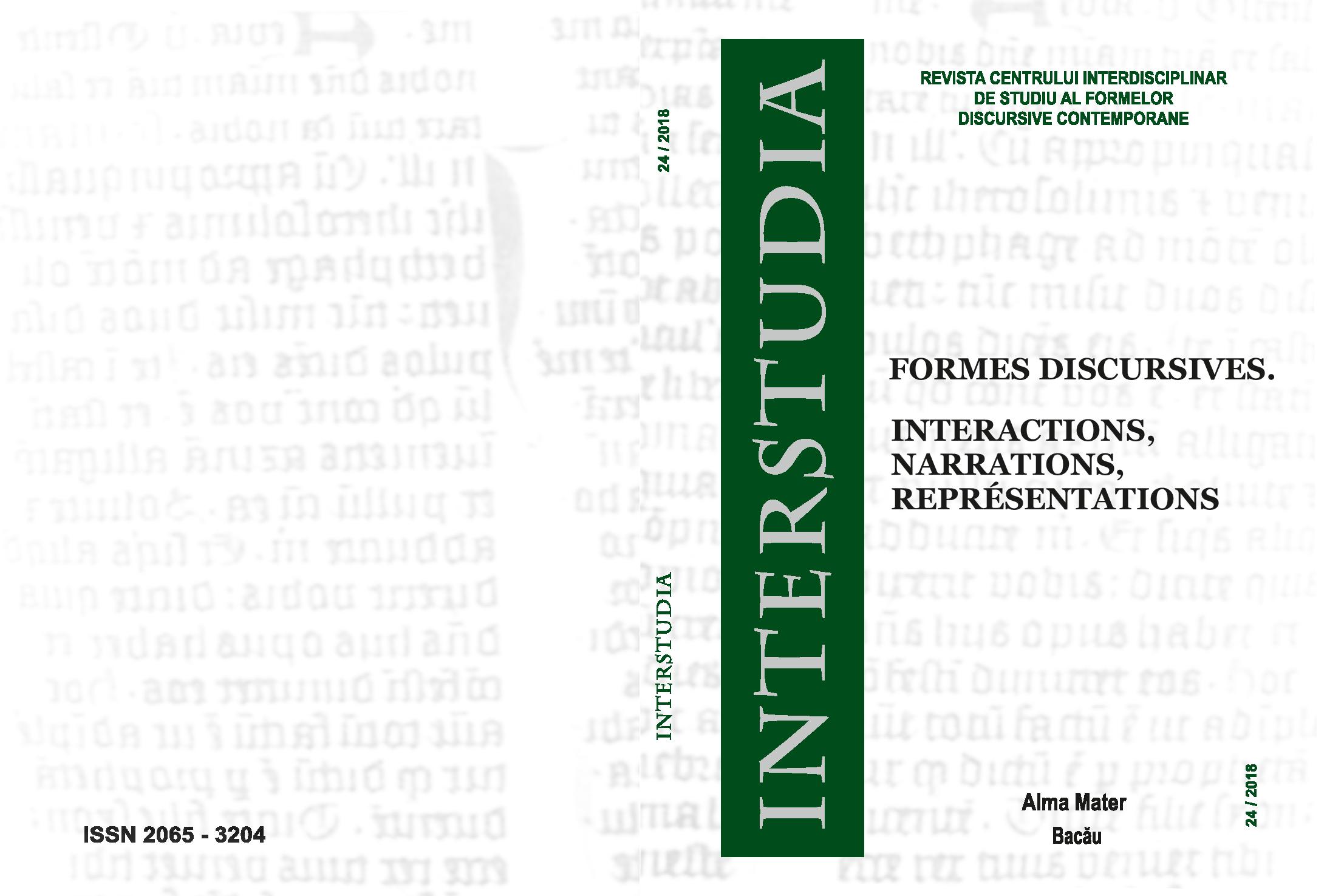DE LA PROJECTION-IDENTIFICATION À L’IMMERSION PROACTIVE : ÉMERGENCE D’EXPÉRIENCES NARRATIVES INTERACTIVES
FROM PROJECTION-IDENTIFICATION TO PROACTIVE IMMERSION: EMERGENCE OF INTERACTIVE NARRATIVE EXPERIENCES
Author(s): Pierre MorelliSubject(s): Language and Literature Studies, Applied Linguistics
Published by: Editura Alma Mater
Keywords: interactivity; immersion; narration; projection-identification; implication – participation;
Summary/Abstract: Multimedia devices have been developed along with digital technologies, first on CD-ROM (in 92-99) and then online, linking texts, sounds and images in multiple interactive ways. Various levels of participation were then provided to authors and recipients of works on line, from the contribution to an interactive work to its modification under the effect of interactions. More recently, performative layouts have appeared in web documentaries, whose interaction design exploits the ubiquitous and connected dimensions of mobile terminals and allows interacting with reality through geolocation and augmented reality. In the first hypermedia on 20 CD-ROM, interactivity was first and foremost about having a set of paths and objects to manipulate, which constituted a potential for action (Iser, 1976) open to curiosity and meant for educational, cultural purposes or fun. Updated and revisited, the notion of action potential makes it possible to model new reading practices whose conditions would be anticipated by the forms taken by the text in a broad sense. Still, the reader’s imagination is increasingly influenced by the underlying potentialities of interaction offered by contemporary multimodal digital devices. Mixing interactivity and immersion, they provide the users with situations for the analysis of which thinking in terms of narrative tension (Baroni, 2007) regains interest. In order to apprehend these phenomena without failing into the reductive temptation of metaphorical borrowing or into the more sterile attempt at seeking at any price to mark the split by creating neologisms, we propose to take up the notion of projection-identification (Morin, 1956: 1972) and revisit it by recontextualization. Conceptualized in order to overcome the impossibility for the cinema spectator to participate in acts for the benefit of the creation of an intense affective activity, this notion combines - let us recall - on the one hand the projection of “our needs, our aspirations, our desires, our obsessions, our fears” (Morin, 1956: 91), and on the other hand, the emotional integration of “the environment in the self” (Ibidem: 92). What does this notion teach us on the author’s and the reading levels in the age of interactive participation? Is the transition from projection to immersion and from identification to the exercise of interactivity in immersive conditions a question of migration of reception practices or, on the contrary, would we face an approach to an augmented component (augmented narration, companion site (Bourdaa, 2016), augmented book, augmented reality ...) or even to an expanding of narrative potentialities? In the light of interactivity and digital mobility, what would become of the movement of duplication associated by Edgar Morin (1971: 91) with the cinematographic projection and which marks the mental integration of the spectator with the characters and his/her own action? How does this relate to the broadening of the spectatorial experience?
- Issue Year: 2018
- Issue No: 24
- Page Range: 19-34
- Page Count: 26
- Language: French
- Content File-PDF

